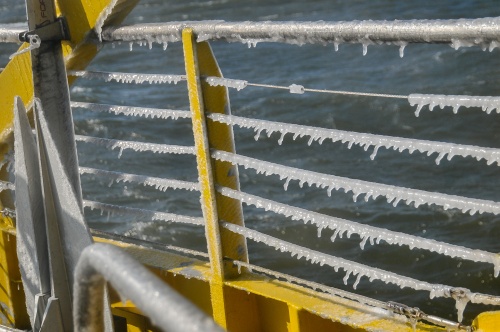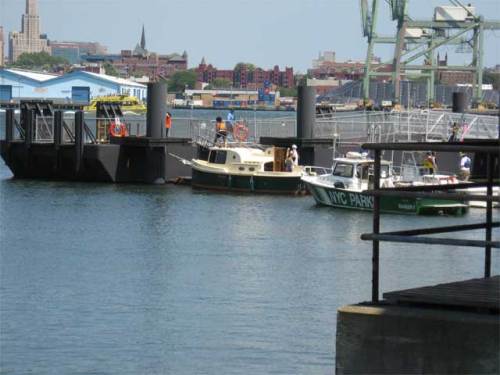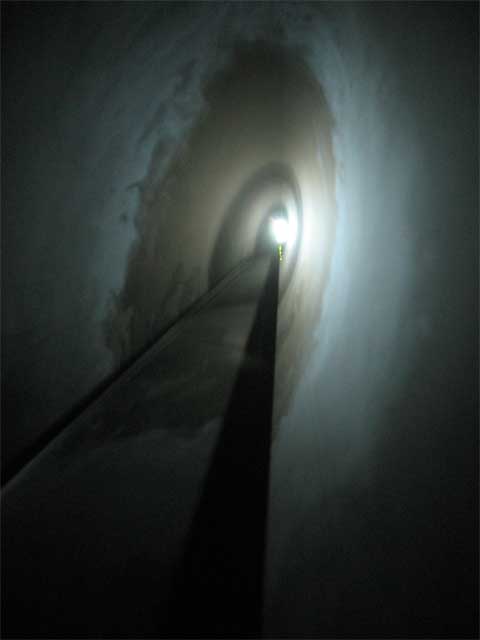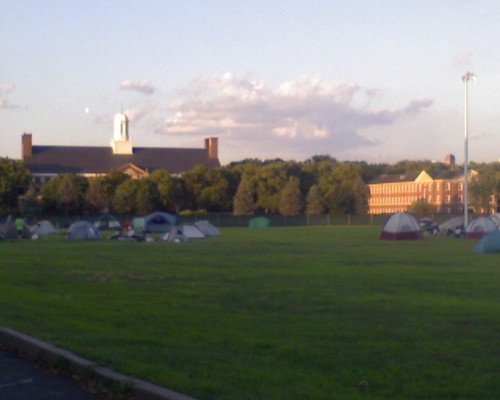Six years ago, Karen and I headed up the Hudson River (by car) to find ice. Three years ago we had to go farther north, to Québec City, to find ice. This year the ice came to us.
Today, with the temperature around 16 degrees Fahrenheit and the windchill somewhere south of zero, we took a tour with the New York City Audubon Society and New York Water Taxi to look for birds and harbor seals. We found wind (30–35 knots, with gusts much higher), waves, and lots of ice.
The tug Chesapeake Coast enters the Buttermilk Channel between Governors Island and Brooklyn:
At least the ice helped calm the water:
Here’s a close-up of the ice at the entrance to Erie Basin:
And here’s the buoy marking the entrance:
After poking around in Erie Basin, we headed through the Narrows to Hoffman and Swinburne islands to see if we could find harbor seals. This is the crumbling pier at Hoffman Island (no seals):
Then on to Swinburne Island. Still no seals (although the Audubon Society naturalist leading the tour claimed to have seen one poke its head up behind us), but plenty of birds:
This is what the boat looked like when we got back to the South Street Seaport:
All in all a fun trip (the free hot chocolate helped a lot), and we did get to see some arctic birds that are only here in the winter.
























































